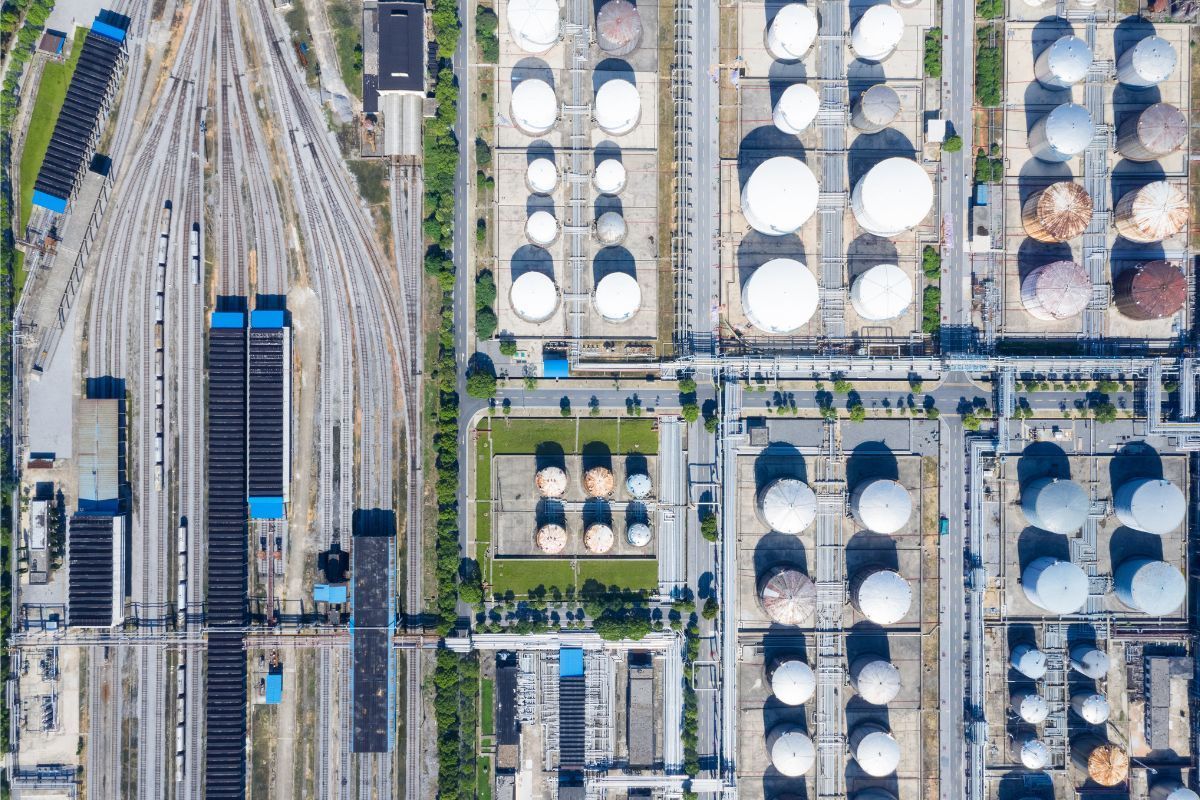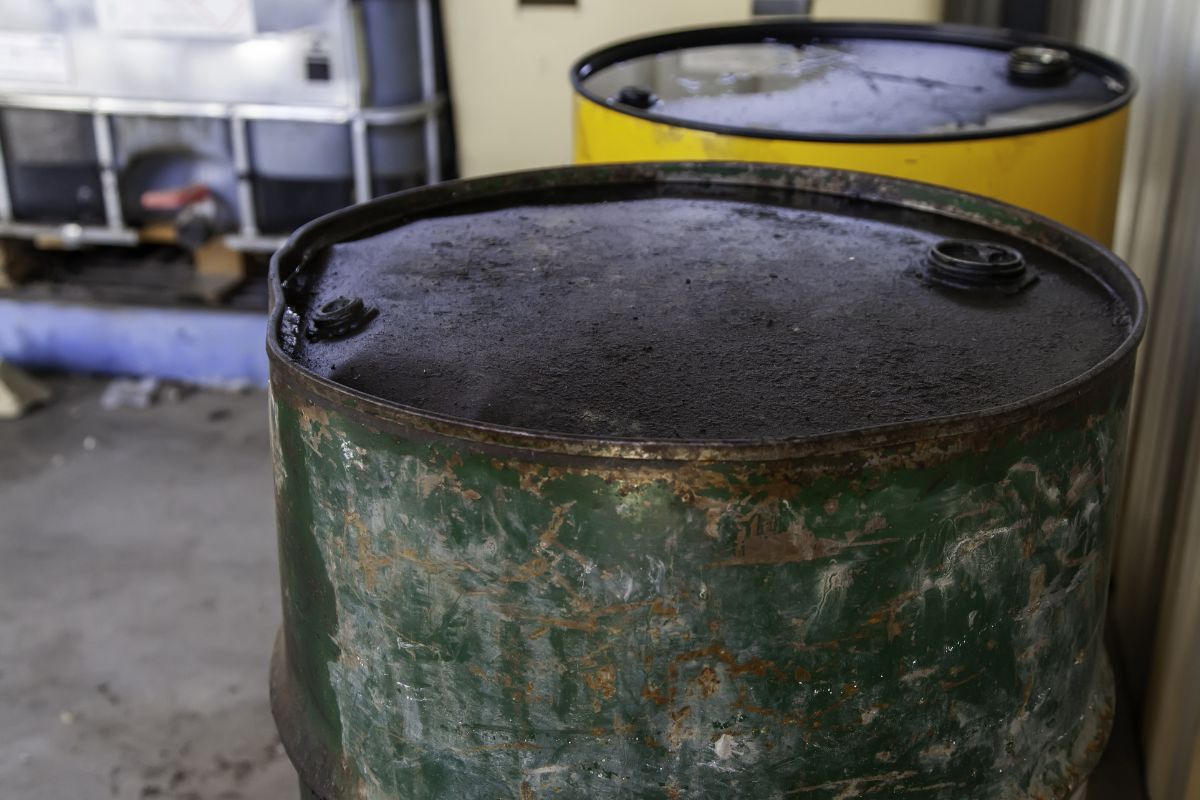Navigating OSHA Requirements for Oilfield Contractors
See How We're Different
Or Call Us: (281) 823-8262

The oil and gas extraction industry is one of the most hazardous sectors in the United States, with workers facing a range of risks from heavy machinery, chemical exposures, and challenging work environments. For oilfield contractors, understanding and complying with OSHA requirements is not just a regulatory obligation but a critical component of ensuring worker safety and operational efficiency. This article explores the essential OSHA standards, common safety challenges, and practical strategies contractors can adopt to navigate these regulations effectively.
With over 2,100 severe injuries reported in the industry between 2015 and 2022, including more than 400 amputations, the stakes are high for oilfield safety management. Contractors play a pivotal role in mitigating these risks by adhering to OSHA guidelines and fostering a culture of safety on-site. For those seeking detailed hazard identification and mitigation strategies, OSHA’s Oil and Gas Well Drilling and Servicing eTool offers valuable resources tailored to the industry’s unique challenges.
Understanding Key OSHA Standards in Oil and Gas Extraction
OSHA regulations for the oil and gas extraction industry cover a broad spectrum of safety and health provisions designed to address the complex hazards workers face. Among the most frequently cited standards are those related to welding, cutting, and brazing (29 CFR 1910.252), hazard communication (29 CFR 1910.1200), and general safety and health provisions (29 CFR 1926.20). These standards emphasize the importance of hazard identification, proper equipment use, and effective communication of risks to workers.
For contractors, compliance with these regulations means not only meeting legal requirements but also implementing robust safety protocols that reduce the likelihood of accidents. Welding and cutting operations, for example, require strict adherence to fire prevention measures and proper ventilation to prevent exposure to toxic fumes. Similarly, hazard communication standards mandate that all workers are informed about chemical risks and trained in safe handling procedures.
Failing to comply with these standards can result in significant penalties and, more importantly, endanger worker lives. Companies that prioritize OSHA compliance often see a reduction in workplace incidents and an improvement in overall productivity. Furthermore, fostering a culture of safety can lead to enhanced employee morale and retention, as workers feel valued and protected in their work environment. This proactive approach not only safeguards personnel but also strengthens the company’s reputation in an industry where safety is paramount.
In addition to the aforementioned standards, OSHA also emphasizes the importance of personal protective equipment (PPE) in the oil and gas extraction sector. Regulations require that employers provide appropriate PPE, such as helmets, gloves, and respiratory protection, tailored to the specific hazards present at job sites. Training on the proper use and maintenance of this equipment is crucial, as even the best gear can fail if not used correctly. Regular audits and safety drills can further enhance preparedness, ensuring that workers are not only equipped but also knowledgeable about emergency procedures in case of an incident.
Common Safety Violations and How Contractors Can Address Them
Despite the availability of comprehensive regulations, safety violations remain prevalent in the oilfield environment. In 2023 alone, companies were cited 44 times for violations related to personal protective equipment (PPE), including failures to meet general PPE requirements (29 CFR 1910.132), eye and face protection (29 CFR 1910.133), and respiratory protection (29 CFR 1910.134). These citations highlight ongoing challenges in ensuring that workers are adequately protected against physical and chemical hazards. The importance of PPE cannot be overstated, as it serves as a critical barrier between workers and the myriad dangers they face daily, from exposure to toxic substances to the risk of severe injuries from machinery.
Contractors must prioritize PPE compliance by conducting regular training, ensuring proper equipment availability, and enforcing usage policies. PPE is the last line of defense against injuries such as burns, chemical exposures, and respiratory illnesses, making its correct use indispensable on oilfield sites. Furthermore, it is essential for contractors to foster a culture of safety where employees feel empowered to speak up about unsafe conditions or practices. This can be achieved through open communication channels, regular safety meetings, and the implementation of incentive programs that reward safe behavior. By engaging workers in safety discussions, contractors can gain valuable insights into potential hazards and improve overall compliance with safety protocols.
Additionally, vehicle accidents, equipment-related injuries, explosions, falls, and confined space hazards are among the most common causes of oilfield injuries, particularly in Texas where fatalities have surged by 57% in 2024 compared to the previous year. Addressing these risks requires a comprehensive approach that includes hazard assessments, engineering controls, and emergency response planning. For a deeper understanding of these common causes and prevention strategies, OSHA’s oil and gas extraction safety guidelines provide invaluable insights. It is also crucial for contractors to invest in advanced training programs that cover not only the technical aspects of equipment operation but also the importance of situational awareness and proactive risk management. By equipping workers with the knowledge and skills to identify and mitigate risks, companies can significantly reduce the likelihood of accidents and enhance overall safety on the job site.
Moreover, the integration of technology into safety practices is becoming increasingly important in the oilfield industry. Tools such as wearable safety devices, drones for site inspections, and real-time monitoring systems can provide critical data that helps identify potential hazards before they lead to incidents. These innovations not only enhance the effectiveness of safety measures but also promote a more responsive approach to risk management. As the industry continues to evolve, embracing these technological advancements will be essential for contractors aiming to maintain compliance and ensure the safety of their workforce.
Integrating Contract Workers into Safety Management Plans
One critical recommendation from the Centers for Disease Control and Prevention (CDC) is the inclusion of contract workers in site safety management plans. Contract workers often represent a significant portion of the workforce on oilfield projects, yet they may receive less comprehensive safety training or be less familiar with site-specific hazards. This gap in safety awareness can lead to increased risks not only for the contractors themselves but also for the permanent staff and the overall project integrity.
Incorporating contractors into the safety culture involves clear communication of expectations, joint safety meetings, and consistent hazard training tailored to the specific tasks and equipment they will encounter. This integration not only protects contract workers but also enhances overall site safety by ensuring everyone operates under the same safety standards. Furthermore, fostering an inclusive safety environment encourages contract workers to voice their concerns and contribute to safety discussions, which can lead to innovative solutions and improved practices on-site.
Operators should also collaborate closely with contractors to monitor compliance and address any safety concerns promptly. The CDC’s guidance underscores the importance of reinforcing safety practices continuously to prevent severe injuries, which have been alarmingly high in the industry over recent years. Regular audits and safety drills can be instrumental in identifying potential hazards before they result in accidents. Additionally, implementing a mentorship program where experienced workers guide new or contract employees can further enhance their understanding of safety protocols and site-specific risks. More details on these recommendations can be found in the CDC’s recent report on severe injuries in oil and gas extraction.
Implementing Effective Safety and Health Management Systems
Establishing a comprehensive safety and health management system is fundamental for oilfield contractors aiming to meet OSHA requirements and protect their workforce. Such systems encompass policies, procedures, and practices that systematically identify hazards, assess risks, and implement controls to eliminate or minimize those risks.
OSHA emphasizes that a well-structured safety and health program should include management leadership, worker participation, hazard analysis, hazard prevention and control, education and training, and program evaluation. This holistic approach fosters a proactive safety culture rather than a reactive one.
For contractors, this means developing clear safety protocols, conducting regular audits, and engaging workers at all levels to participate in safety initiatives. The benefits extend beyond compliance, often resulting in fewer accidents, lower insurance costs, and improved worker morale. OSHA’s Safety and Health Management Systems eTool offers practical guidance for implementing these programs effectively.
Moreover, integrating technology into safety management systems can significantly enhance their effectiveness. For instance, utilizing mobile applications for real-time reporting of hazards allows workers to communicate issues immediately, ensuring prompt action can be taken. Additionally, wearable technology, such as smart helmets or vests equipped with sensors, can monitor environmental conditions and alert workers to potential dangers, thereby further safeguarding their health and safety on-site.
Furthermore, fostering a culture of continuous improvement is essential in maintaining an effective safety and health management system. Regularly scheduled safety meetings, where employees can share experiences and suggest improvements, can lead to innovative solutions to persistent safety challenges. By encouraging an open dialogue about safety concerns, contractors can empower their workforce, making them feel valued and invested in the safety protocols, ultimately leading to a more engaged and responsible team.
Training and Hazard Communication: Cornerstones of OSHA Compliance
Effective training and hazard communication are vital components of OSHA compliance for oilfield contractors. Workers must be educated on the specific hazards they face, including chemical exposures, equipment operation risks, and emergency procedures.
Hazard communication standards require that all hazardous chemicals on-site are properly labeled, and safety data sheets are accessible to workers. Training programs should be ongoing and adapted to address new risks as they arise, ensuring that all personnel, including contract workers, remain informed and prepared.
Investing in comprehensive training not only fulfills regulatory requirements but also empowers workers to recognize hazards and take appropriate precautions. This proactive approach reduces the likelihood of accidents and enhances the overall safety culture on oilfield sites.
Additionally, the implementation of hands-on training sessions can significantly enhance the learning experience. These sessions allow workers to engage directly with the equipment and materials they will encounter in their daily tasks, fostering a deeper understanding of safety protocols. Role-playing scenarios can also be beneficial, as they prepare workers for real-life situations they may face, such as chemical spills or equipment malfunctions. By simulating these experiences, workers can practice their responses in a controlled environment, boosting their confidence and readiness for actual emergencies.
Moreover, effective communication channels must be established to ensure that safety information flows seamlessly throughout the organization. Regular safety meetings and briefings can serve as platforms for discussing recent incidents, sharing lessons learned, and reinforcing the importance of adhering to safety practices. Encouraging an open dialogue about safety concerns not only helps to identify potential hazards but also fosters a sense of community and shared responsibility among workers. This collaborative approach can lead to innovative solutions for improving safety protocols and further embedding a culture of safety within the organization.
Conclusion: Prioritizing Safety to Navigate OSHA Requirements Successfully
For oilfield contractors, navigating OSHA requirements is a complex but essential task that directly impacts worker safety and operational success. By understanding key standards, addressing common violations, integrating contract workers into safety plans, and implementing robust safety management systems, contractors can significantly reduce the risks inherent in oil and gas extraction work.
With fatality rates rising in regions like Texas and severe injuries remaining a critical concern industry-wide, the commitment to OSHA compliance and continuous safety improvement is more important than ever. Utilizing resources such as OSHA’s eTools and CDC recommendations can provide contractors with the knowledge and frameworks necessary to protect their workforce effectively.
Ultimately, a strong safety culture not only safeguards lives but also enhances productivity and reputation, making OSHA compliance a strategic priority for all oilfield contractors.










